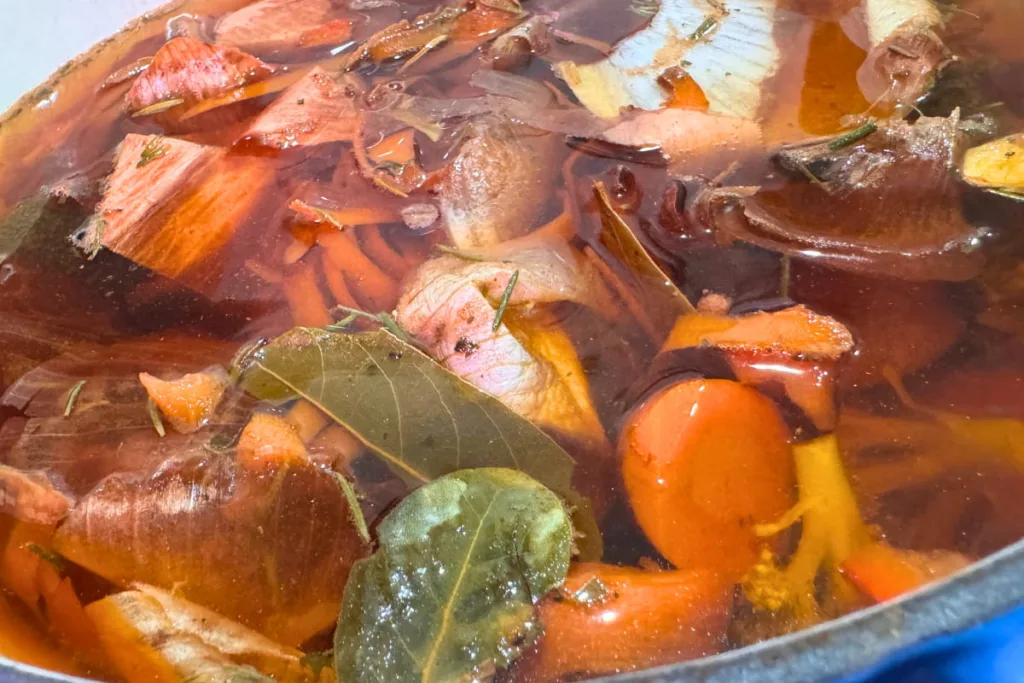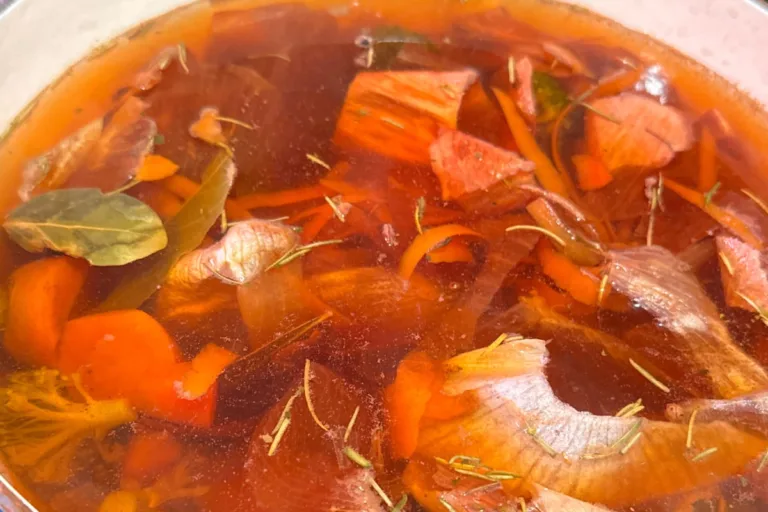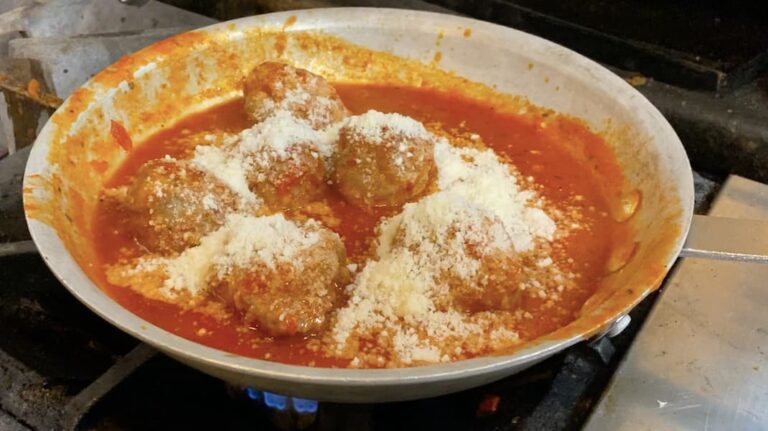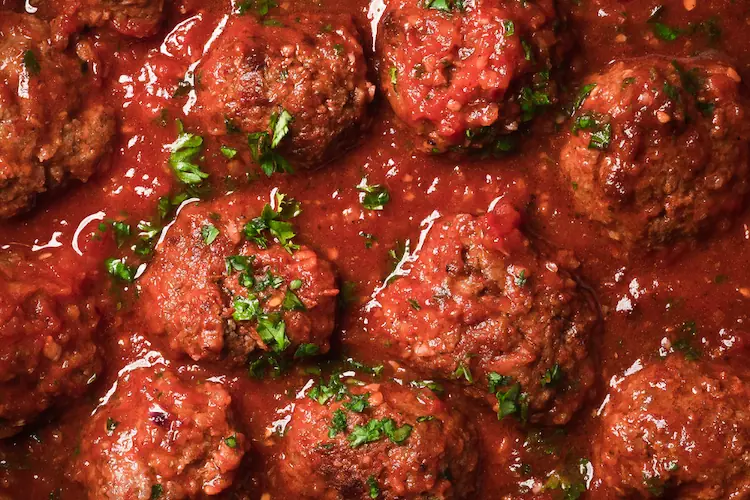Picture this: You’re sipping a warm, comforting and savory liquid that embodies garden-fresh vegetables with each sip giving you savory flavors and sweetness of carrot tops, earthy mushrooms, slight pungency from onion peels, and a fresh hint from celery. Herbs like parsley and thyme add a layer of aromatic depth, making your own broth fragrant with each spoonful.
Unlike most store-bought broths, homemade broth can have a cleaner, more pronounced vegetable taste, where the natural flavors aren’t overshadowed by excessive salt or artificial additives – this is just one of the many reasons why I prefer to make my own vegetable broth. Not to mention, it doesn’t actually cost you anything extra, since you’re making the broth from veggie scraps that’d normally be considered “food waste”.
How to Make Homemade Vegetable Broth
Ready to make a wholesome yet nourishing veggie broth from your vegetable peels?
Ingredients
- Water
- Salt and black pepper (to taste)
- Optional seasonings: bay leaf, whole peppercorns, rosemary, thyme, basil, turmeric, ginger
Vegetable Scraps you can use:
- Onion skins and ends
- Garlic skins or garlic cloves
- Carrot peels
- Celery tops or leaves
- Potato peels
- Mushroom stems
- Herb stems
- Leek ends
- Apple cores
- Green onions
- Bell peppers
- Fresh Herbs or herb stems (rosemary stems, thyme stems, etc.)
Feel free to get creative with your kitchen scraps (or whole vegetables if you don’t have enough scraps).
Alternative Ingredients for Homemade Vegetable Broth
Here are some more alternatives to the ingredients:
- Sweet Vegetables – Sweet potatoes, parsnips, beets
- Umami Flavor – Tomato ends, mushroom caps, dried seaweed (nori)
- Aromatic Herbs – Fennel fronds, dill stems, cilantro stems
- Warm Spices – Cinnamon stick, cloves, star anise
- Herbal Notes – Thyme, rosemary, oregano stems
- Citrus Peels – Lemon, lime, orange peel (colored part only)
Ingredients to Avoid for Vegetable Broth
- Bitter Vegetables – Cabbage, Brussels sprouts, broccoli, cauliflower, really most cruciferous veggies as these will give you a really bitter flavor or bitter taste.
- Starchy Vegetables – Excessive potato peels
- Strong Flavors – Turnips, rutabagas
Step-by-Step Instructions
Step 1: Start by collecting and saving your vegetable scraps throughout the week when you’re cooking – generally, aim for about 4-6 cups of scraps for a good-sized batch of broth.
Note: Make sure to wash it well before placing it in the freezer bag (tip: do a water-vinegar mixture to clean it well).
Step 2: Bring a very large pot (your largest) to boil with water, once boiling throw in your scraps (without thawing!) into it and mix it well, so everything is submerged.
Step 3: Add some salt, peppercorns, bay leaves, and any other seasoning and herbs you want to use.
Step 4: Let your broth simmer for about 1-2 hours on low heat, you want to always double-check that not all the water evaporates. If it does, add some more water before continuing – you want to end with a medium-dark red/brown broth.
Step 5: Taste your broth for 1 hour to see whether it needs more salt or seasoning.
Note: The longer your broth cooks, the more flavorful it will be!
Step 6: When done, let your vegetable broth cool off and then you can either strain it using a fine-mesh strainer or cheesecloth to remove all the vegetable pieces and scraps, alternatively, you can also just use a ladle to fill it into bottles or glass jars.
Step 7: Let your broth completely cool off before you store them either in the airtight container in the refrigerator for up to a week or in the freezer for up to 3 months.

Expert Tips
- Whether you’re straining it or just use a ladle, press on your scraps to get all the water out.
- Fill your broth into cube trays to maximize space and make it easier to store.
- Aim for a good mix of different vegetable scraps to achieve a balanced flavor. Too much of one type (like cruciferous vegetables) can dominate the broth.
- For a deeper flavor, you can roast the scraps in the oven until lightly browned before boiling them.
Best 5 Ways to Use Vegetable Broth
Vegetable broth has so many great uses! Here are my favorite ones that will hopefully add more flavor to your homemade dishes and since it’s vegetable broth, you can also enjoy it on its own without anything else!
1. Soups and Stews
Use your homemade vegetable broth for vegetable soups, lentil stews, and minestrone, where the broth’s depth can really shine through.
2. Cooking Grains
I love using vegetable broth to either cook or infuse the water for cooking the grains like quinoa, rice, or barley for more flavors.
3. Making Sauces
Deglaze pans with vegetable broth when making sauces or gravies, adding a complex flavor base.
4. Pasta Dishes
Cook your pasta in a mixture of broth and water for an extra layer of flavor, or use it to thin out and enrich pasta sauces.
5. Salad Dressings
Use a small amount of broth as part of the liquid in homemade salad dressings for a unique twist.
Frequently Asked Questions (FAQs)
Looking for some answers for this recipe? Here are common questions.
Can I make vegetable broth in a slow cooker or Instant Pot?
Absolutely! Make your life easier and cook your vegetable broth in either a slow cooker or an instant pot – you will have to adjust the settings though. For the slow cooker, you will be cooking the broth much longer likely, while with the pressure cooker you can be done in under an hour.
What’s the difference between homemade vegetable stock and vegetable broth?
Great question! Vegetable stock is usually made with more vegetable scraps and bones that will make it richer and more concentrated, meanwhile, vegetable broth is less concentrated and consists of vegetables and herbs primarily.
Is it cheaper to make vegetable broth at home?
Since you’re using vegetable scraps from cooking food at home that you’d normally throw away, it can save you a lot of money in the long run, especially if you’re cooking frequently.
Print
Homemade vegetable broth from scraps
5 Stars 4 Stars 3 Stars 2 Stars 1 Star
No reviews
- Author: Anna Dykeman
Ingredients
- Water
- Salt and black pepper (to taste)
- Optional seasonings: bay leaf, whole peppercorns, rosemary, thyme, basil, turmeric, ginger
Vegetable Scraps you can use:
- Onion skins and ends
- Garlic skins or garlic cloves
- Carrot peels
- Celery tops or leaves
- Potato peels
- Mushroom stems
- Herb stems
- Leek ends
- Apple cores
- Green onions
- Bell peppers
- Fresh Herbs or herb stems (rosemary stems, thyme stems, etc.)
Feel free to get creative with your kitchen scraps (or whole vegetables if you don’t have enough scraps).
Instructions
- Start by collecting and saving your vegetable scraps throughout the week when you’re cooking – generally, aim for about 4-6 cups of scraps for a good-sized batch of broth.
Note: Make sure to wash it well before placing it in the freezer bag (tip: do a water-vinegar mixture to clean it well).
- Bring a very large pot (your largest) to boil with water, once boiling throw in your scraps (without thawing!) into it and mix it well, so everything is submerged.
- Add some salt, peppercorns, bay leaves, and any other seasoning and herbs you want to use.









